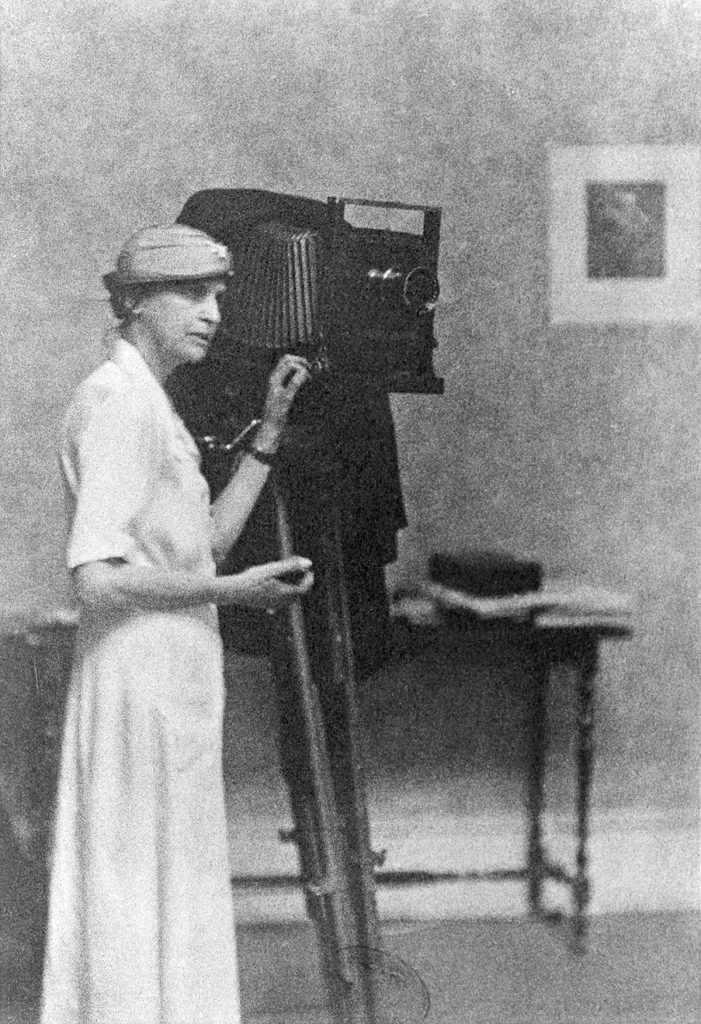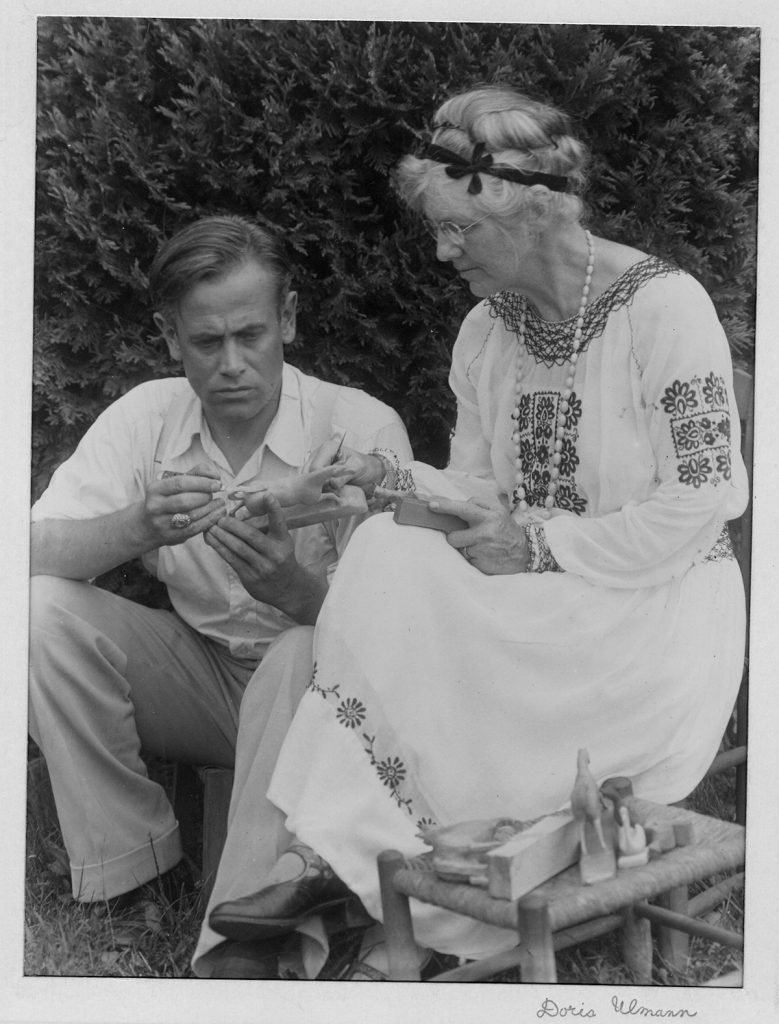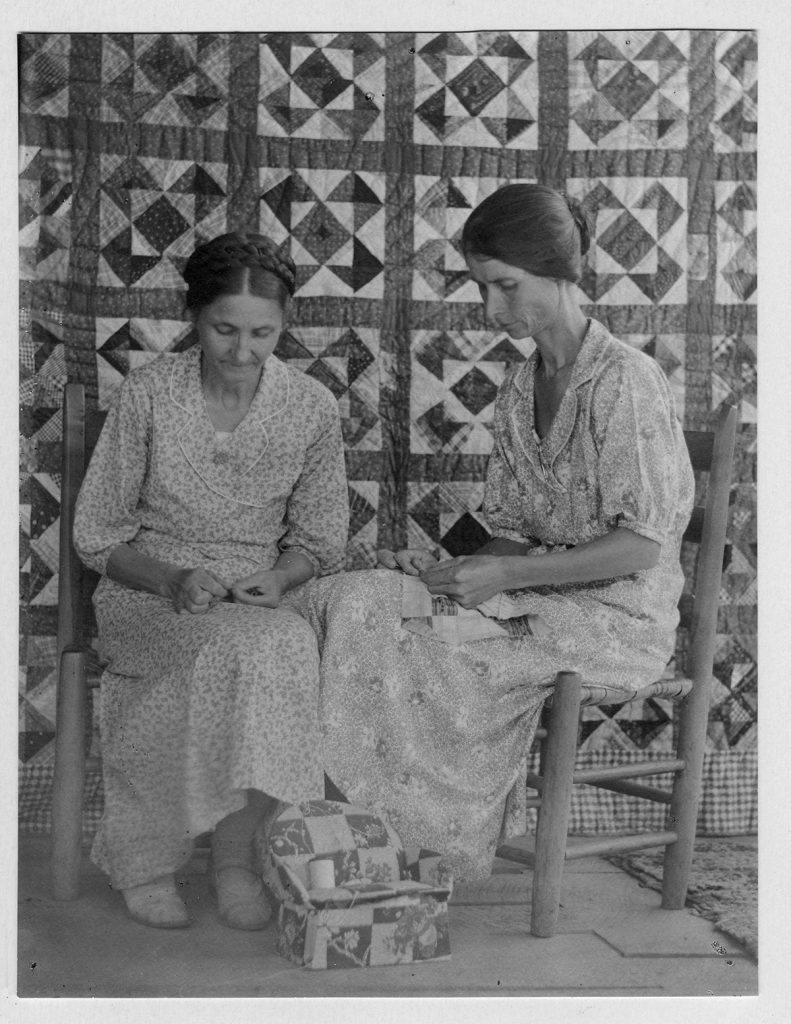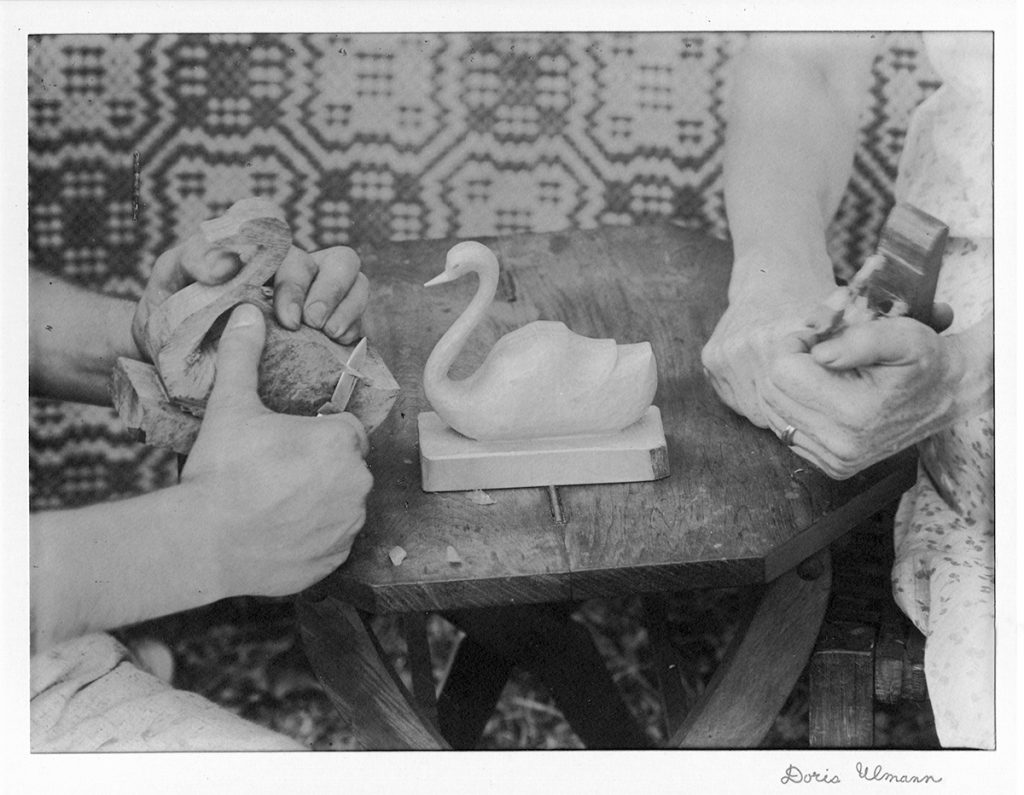Legacy Crafters Series | Part 3
Photographer Doris Ulmann was instrumental in documenting life in the rural South in the 1920s and early ’30s, particularly the lives of African-American and Gullah communities and those of Appalachian craftspeople. Photographer Lauren Rutten, of Flow Gallery, (who received her MA from NYU & The International Center of Photography in New York) is on the same path, eager to document life on the land in today’s Madison County. She moved to Marshall, NC, three years ago.

How was it that in the early years of her career Doris Ulmann took portraits of celebrities and literary figures like Sinclair Lewis and William Butler Yeats?
Lauren Rutten: From what I understand she was independently wealthy, and had the freedom to pick and choose.
Did she know those people socially?
Probably. She moved in intellectually elevated circles in her New York life.

Weren’t you a New Yorker before falling in love with Appalachia?
Yes. My husband and I traveled around the world for eight months and 40,000 miles back and forth across the country to every little town. But when I stood on Main Street in downtown Marshall, my entire being felt right at home.
How did Ulmann wind up here?
She began to focus on rural and insular cultures and communities, and portraits of everyday people. Her last body of work was portraits of folks from the Southern Mountain Handicraft Guild [now the Southern Highland Craft Guild] — workaday people doing traditional crafts that had been passed on and taught to them not as art, but just as part of everyday life.

When did you discover her work?
Earlier this year, as a representative for Flow Gallery, at a meeting to discuss American Craft Week. We started the conversation around hidden gems of the Blue Ridge and Appalachia, and her name came up. But when I looked through books of her work, I realized I knew her photos from grad school 22 years ago. And I could recognize the dialogue we were having about the two schools of photography from that period. … Modernism was a very new way of photographing, with a push toward sharply focused images, as well as subjects such as abstraction and social and political changes. There was a prior school called Pictorialism, which tried to relate from a fine-art place and the painterly-ness of late 19th century.
Which camp was she in?
Those two schools overlapped, and in the midst of that documentary photography came in, so Ulmann bridges all of it and moves through it, and cannot be closely defined.

What artistic connection to her do you feel?
I feel like I have a peer from the past; someone who had a trajectory that was similar to mine.
A kindred spirit?
Yes. She came into these rural Appalachian communities and wanted to know about the people and honor the quality of those people. I also want to get to know the land and the people, to celebrate what this place is about and get to know it, not just consume it.
Lauren Rutten, Flow Gallery, 14 South Main St., Marshall (flowmarshall.com). For more information, see milkhousearts.com and Milkhouse Arts on Facebook and Instagram.